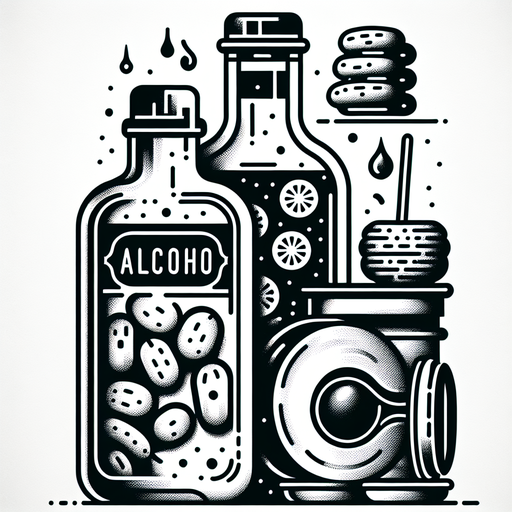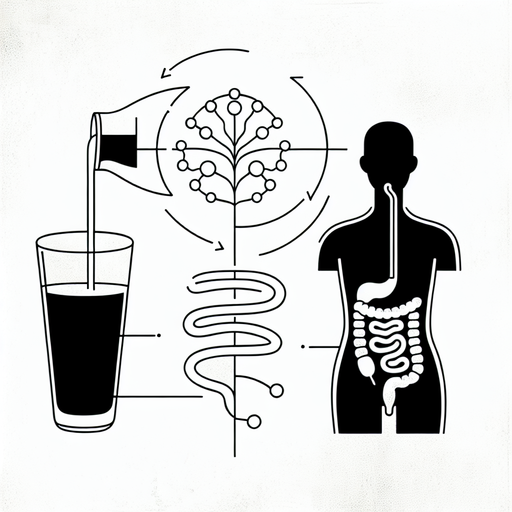Sugar’s Bittersweet Legacy
How Sugar Became A Treat
Humans often perceive themselves as rational beings, yet our relationship with sugar highlights our capacity for irrationality. This sweet substance provides an immediate dopamine boost, even though its long-term effects are detrimental. In spite of this knowledge, we continually succumb to its allure. Global sugar intake per capita has surged nearly fivefold over the past century.
The human search for sweets traces back millennia, with early sources stemming from bees. However, before we mastered bee cultivation, discovering a hive was a matter of luck. But, around 8,000 years ago in New Guinea, humans discovered the act of chewing sugarcane. This practice soon spread to India, where sugarcane became a coveted import.
As is typical of human nature, we sought to enhance sugarcane's properties. This endeavor led to the development of refining processes that transformed sugarcane into powdered sugar, a shelf-stable variant. As sugar's use in cooking grew, Arabs recognized its medicinal properties and further refined it. Eventually, sugar made its way to the tropical Canary Islands, Madeira, and Brazil. The booming demand for sugar indirectly bolstered the slave trade, as hundreds of thousands of slaves were transported to Brazil to toil on sugar plantations.
The advent of industrialization made sugar more affordable, embedding it in daily diets worldwide. It wasn't until the 1960s that medical experts discerned links between sugar and diseases like diabetes. By then, however, humanity's dependence on sugar was deeply ingrained, with multi-billion dollar industries behind it. This narrative underscores how incentives, whether beneficial or harmful, drive human behavior.
Craving more? Check out the source behind this Brain Snack!


